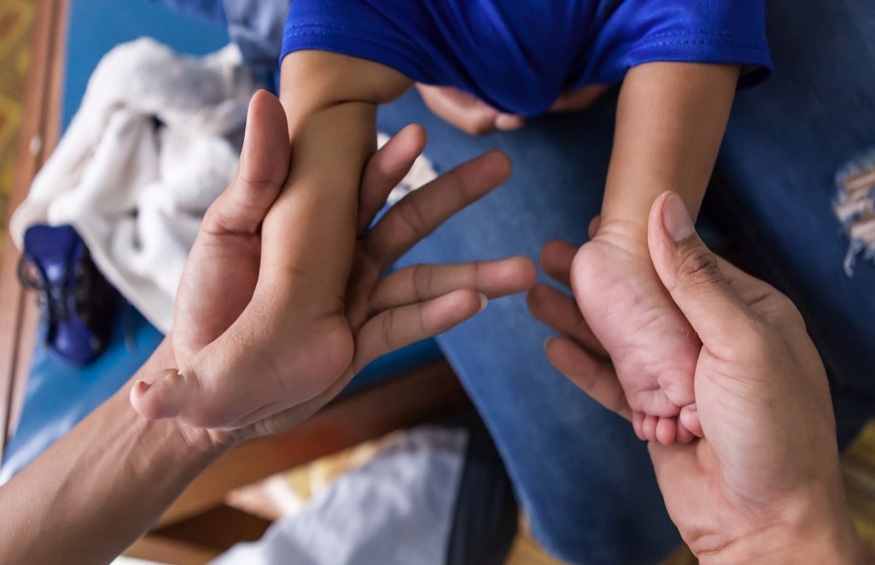If you observe that your child’s feet turn inward, which is typically evident after they begin walking, they have pigeon toes. You or a relative may have also had pigeon toe as a child.
It is not usually caused for alarm if your child’s feet point inward rather than straight ahead. This is because intoeing gait (also known as “pigeon toes”) is frequent among infants and young children for various causes.
Causes & Conditions
If you observe that your child’s feet turn inward, which is typically evident after they begin walking, they have pigeon toes. You or a relative may have also had pigeon toe as a child. There are three conditions associated with intoeing most frequently.
- The first condition is metatarsus adductus or curved foot, which is a foot that curves inwards from the middle foot region to the toes and is most prevalent in infants. Extreme examples may resemble Clubfoot, where the entire foot is turned inward, although they are not identical.
- Another disease associated with pigeon toes is tibial torsion, which occurs when the tibia bone in the lower leg rotates inward and pushes the foot inward. Typically, this begins while the infant is still in the womb, as he must bend his legs inward to accommodate the shrinking space in the uterus. After birth, your child’s legs will typically rotate to the correct position, with the lower leg bones unwinding as the legs grow longer. However, you may not notice it until your child begins walking and, in severe situations, trips due to one foot snagging on the opposite heel.
- The third most common ailment associated with intoeing is femoral anteversion, which occurs when a twisted upper thigh bone forces the knees and feet to bend inward during walking. This “bow-legged” image accompanies pigeon-toedness and is most apparent in children around five. If your child prefers to sit with her knees turned inside and her feet facing outward in a “W” formation, she may be affected. As the malformation is corrected, sitting in this position will become less comfortable, and the youngster will no longer prefer it.
When a Specialist Is Necessary
For most children, intoeing should correct itself by the age of eight and typically does not require any particular therapy. In addition, pigeon toes should not cause your child any pain and will not progress to other problems such as arthritis. However, if your child is in discomfort, has a limp, or has problems walking, it may be beneficial to have an orthopaedic surgeon evaluate the situation.

